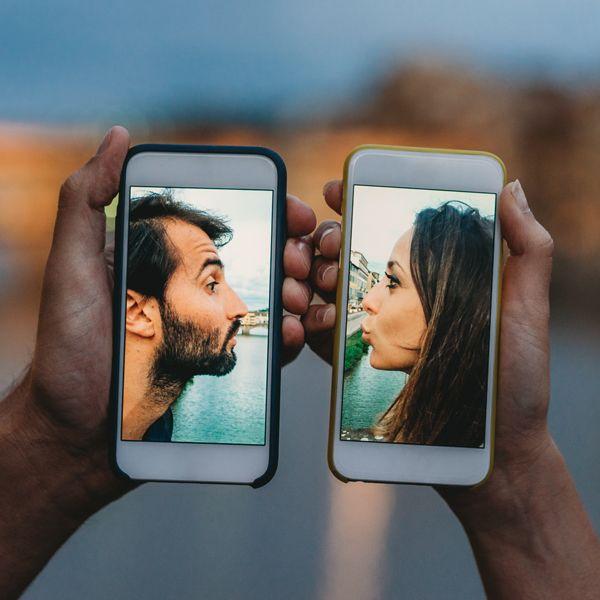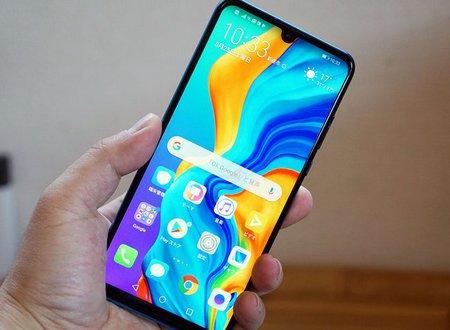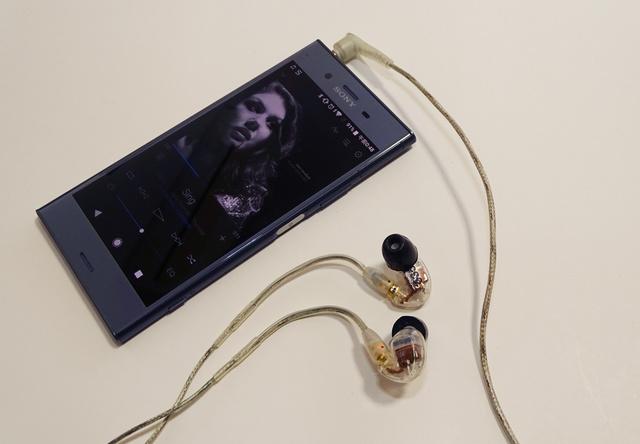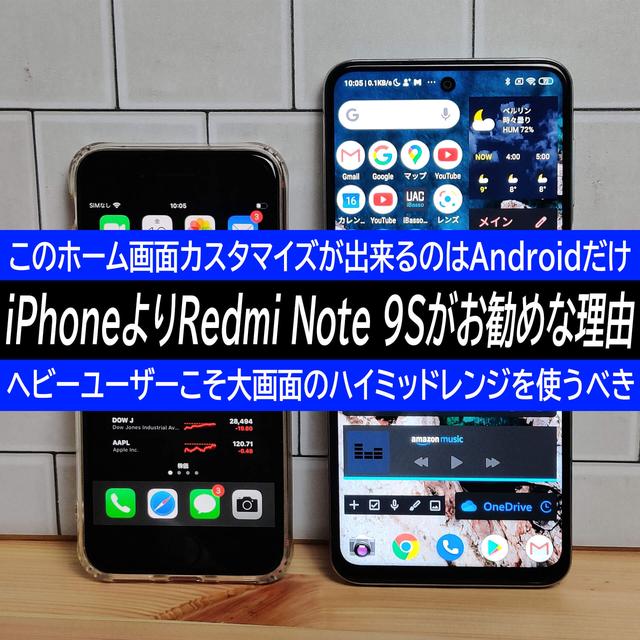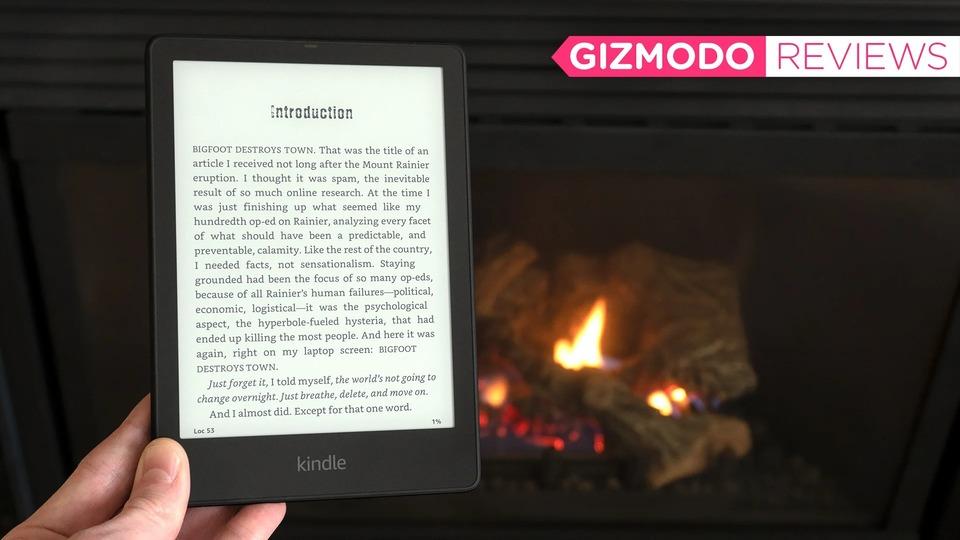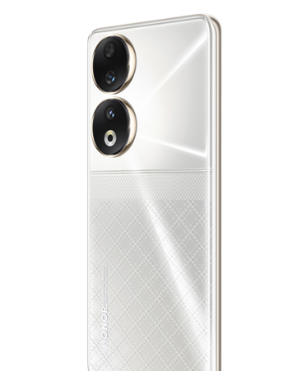The smartphone camera race is at the beginning of the end
These days smartphones are all about camera performance.
Since last season, the number of models equipped with a long and narrow wide LCD has increased, and now even models in the 20,000 to 30,000 yen class are equipped with it as a matter of course. It was pointed out that the notch remained when the iPhone X appeared, but now it is only "notch remaining".
In many cases, all manufacturers use the same parts, which is the same pattern as personal computers, and the new display did not differentiate itself from rivals. It is the performance of the camera that is actively presented as a difference.
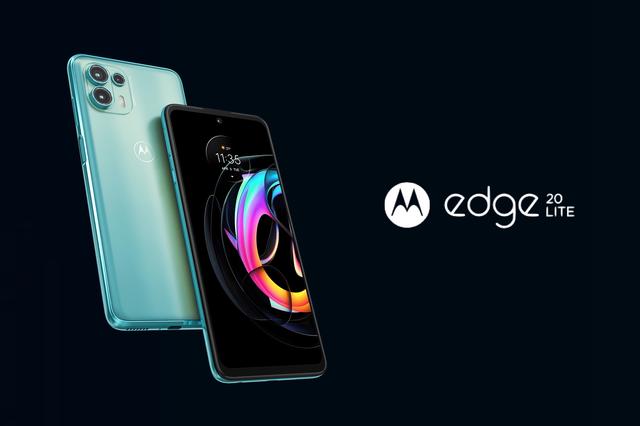
The dual camera that first appeared about two years ago is now installed as a matter of course in low-priced models, and finally the HUAWEI P20 Pro equipped with a triple camera has appeared.
Actually, I bought several smartphones and took pictures, but there is definitely a difference. But wouldn't it be an evolution of technology that left the user behind?
Next, I'll put three photos together, so please check them out (I've resized them). Can you tell the difference? "It's true that the paintings are different, but I'm not the only one who thinks they're all beautiful enough." Surprisingly, one of them was taken with a compact digital camera, but the camera of the smartphone is also wonderfully improved. Certainly, for example, the P20 Pro is remarkably superior for shooting night scenes, so there is no end to the comparison of functions. I have no intention of denying users who want this, and I think it's good to buy a high-end model if you like photography. I'm one of those people who choose products from that perspective.
However, if you look at the general user, you may be able to think differently. In the first place, smartphones have driven out compact digital cameras. Nowadays, even if you look at tourist spots, there are very few people using compact digital cameras, and the majority are taking snapshots with their smartphones. At the time when smartphones replaced point-and-shoot digital cameras, camera performance was in tatters compared to today. The number of pixels and image quality were not good, and only digital zoom was possible. Still, smartphones beat point-and-shoot digital cameras in terms of ease of use and the convenience of being able to upload to SNS. It was because I had the joy of being able to do things that I couldn't do with a camera.
At the end of the day, many consumers don't really want high image quality. Of course, if you take a survey, the better the camera performance, the better, but there are few people who are willing to double or triple the cost.
Probably, when the camera performance of the 20,000 to 30,000 yen class model reaches a certain level in the next 1 to 2 years, the majority of people will say that it is enough. There will come a point where the commoditization of smartphones will reach a point where cheap smartphones will drive out expensive models. Manufacturers are competing with each other in cameras that are far removed from user needs.
In the future, folding models with large screens are likely to appear, but they will probably only whet the curiosity of some dilettantes.
I believe it's the smart, heavyweight apps that drive smartphone upgrades. However, the hardware is just ahead, and even the support for wide screens has not progressed so much. It's the same trend as PC software has stopped evolving and the replacement of products has slowed down. I think the end of smartphones is finally in sight.

